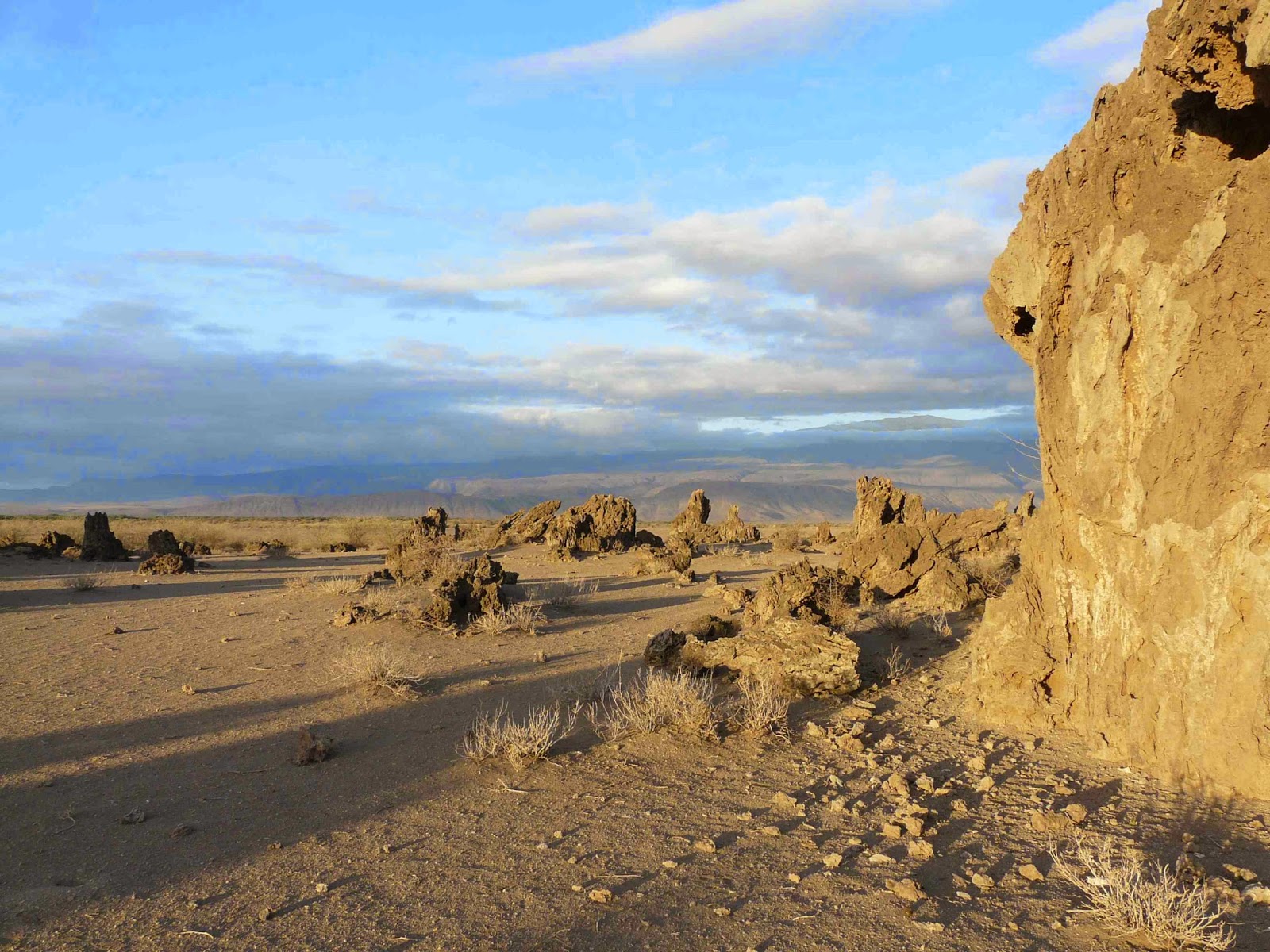I spent last weekend at Engaruka, about 50 km north of Mto wa Mbu and 4 hours by road from Arusha, right on the Great Rift Valley wall, having a Maasai "cultural experience". It was informative and enjoyable.
Engaruka is in the dry season currently and its soil is bone dry. The only green is in the trees along the creek where the vegetation is quite lush. The locals survive because of this creek that flows year round. There is a pipe from the headwaters down to the village so the water in the village taps is clean.
I stayed at Upper Engaruka in a boma owned by a friend of a friend. He is a Maasai born and raised but lives part time in Arusha so has a foot in both camps. Over the course of the weekend he tried to explain Maasai culture to me and the other three Australians I travelled with.
We watched the ceremony around the slaughter and cooking of a goat. I don't really like the idea of an animal being killed for my entertainment but the treatment of the goat was gentle and respectful and the warriors were happy to eat the meat!
The women were not part of the goat slaughter party but we were told they would get one hind leg and part of the intestines later.
The women make bead work for everyday wear as well as for ceremonial use. They also make a little money by selling it to the tourists. They showed us how the collars, bracelets and anklets are made and we even had a try. It's very fine and fiddly work requiring patience and good eye sight of which I have neither!
The women do most of the work around the boma (the fenced enclosure where people and their animals live) including the building of the mud and thatched huts where we slept.
As well as going for the cultural aspect we saw some of the landscape around the area. It is quite stunning! I watched the sun rise over Mt Kilimanjaro. The mountain is clearly visible until the sun emerges and then the mountain just disappears!
The area where we went at dawn to watch the sunrise looks like a dry sea bed - sand and limestone rock. It is so dry it is amazing that any animals can survive there but we saw antelope and giraffes, and many small birds.
We finished our visit with a trip to see the local "pre-school". It is taught by a volunteer teacher. Eighty four pre-schoolers, aged 4 to 6 years, meet under this tree for lessons done purely verbally or with numbers and letters drawn in the dirt. My friend Anna is trying to raise some money to build them a preschool in the village close to the water tap and has set up a fund. Let me know if you'd like to contribute and I'll arrange it.
It was a really worthwhile trip. I feel I understand the lot of the students I work with a little better; and maybe better understand the attitude of some of the boys which I admit has irritated me with its inherent sexism. Change can only come "pole pole" or very slowly as educated girls assert their right to equality. I am torn though because the loss of an ancient culture is a bad thing, isn't it? Something else for me to ponder in the lonely midnight hour!










No comments:
Post a Comment